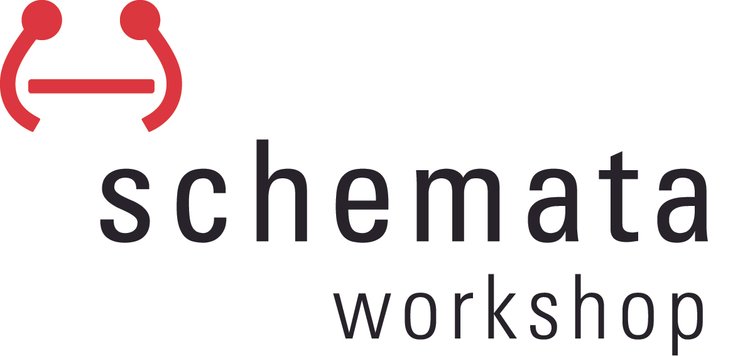In early October, Grace and Christopher attended Housing Washington, a 3-day conference that takes place annually in either Tacoma or Spokane and focuses on affordable housing. It brings together all manner of people and organizations who have a role in the affordable housing world - from developers and architects to lenders and facilities staff.
This year's conference in Tacoma had dynamic speakers and numerous learning opportunities, with sessions on topics such as housing for veterans, how mid-term elections may impact the legislature, and basic construction tips. The conference kicked off with a tour of the Schemata Workshop-designed Kirkland Avenue Townhomes in Renton. Grace also presented a "lobby talk" on lessons learned from the project.
We were happy to see our friends at Beacon Development Group win a "Friends of Housing" award for their many years of hard work developing thousands of affordable housing units. The award explained why so many from the office were attending the conference - and their more-dapper-than-usual appearance :)
The conference was also a great opportunity to catch up with old friends in the field, and make new connections. See you next year!
Mingling between sessions. Photo credit : www.PDixonPhotography.com.
Grace discussing the Kirkland Avenue Towmnhomes. Photo Credit : www.PDixonPhotography.com.
Friends from Ally Development and InterIm CDA. Photo Credit : www.PDixonPhotography.com.
Award-winning Beacon Development Group. Photo Credit : www.PDixonPhotography.com.
Mingling between sessions. Christopher is way in the distance. Photo Credit : www.PDixonPhotography.com.










































